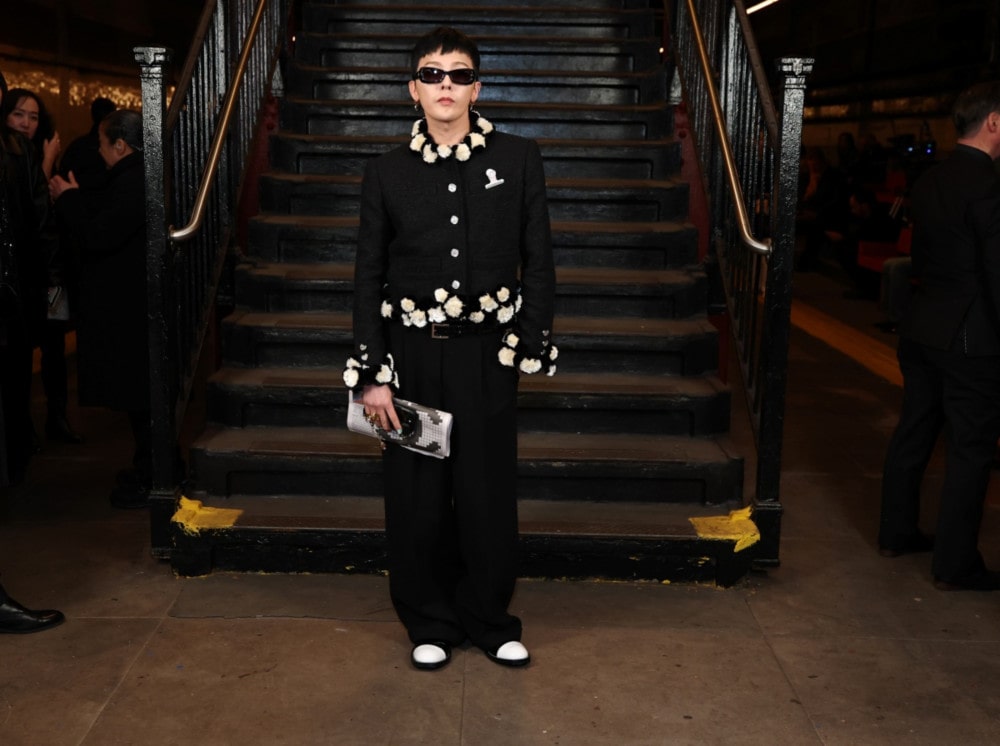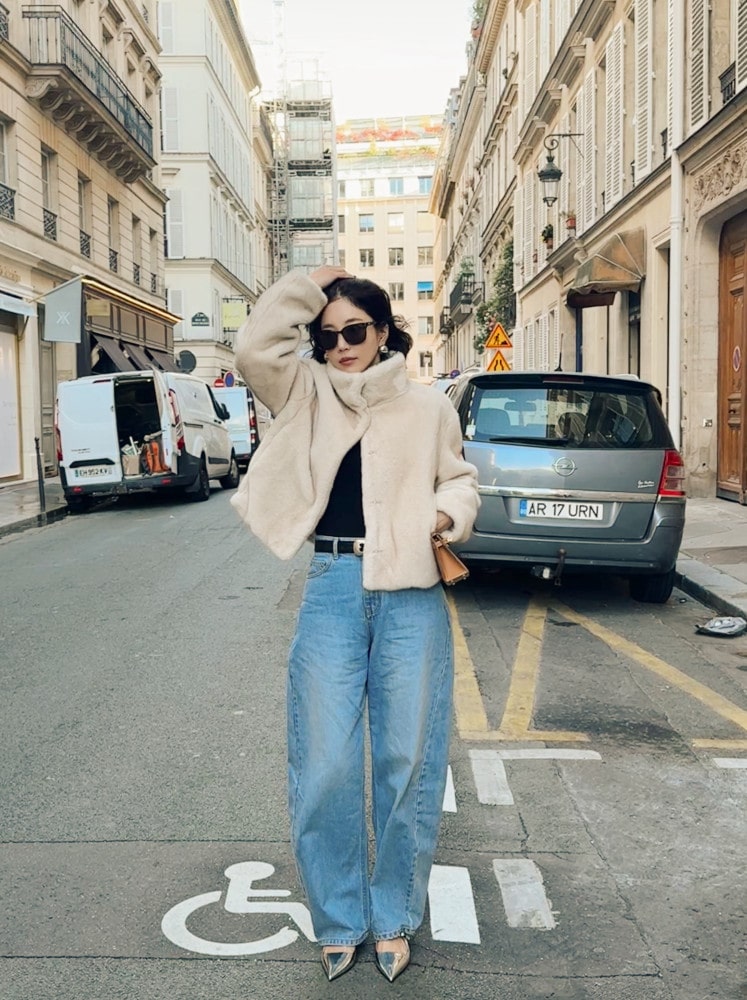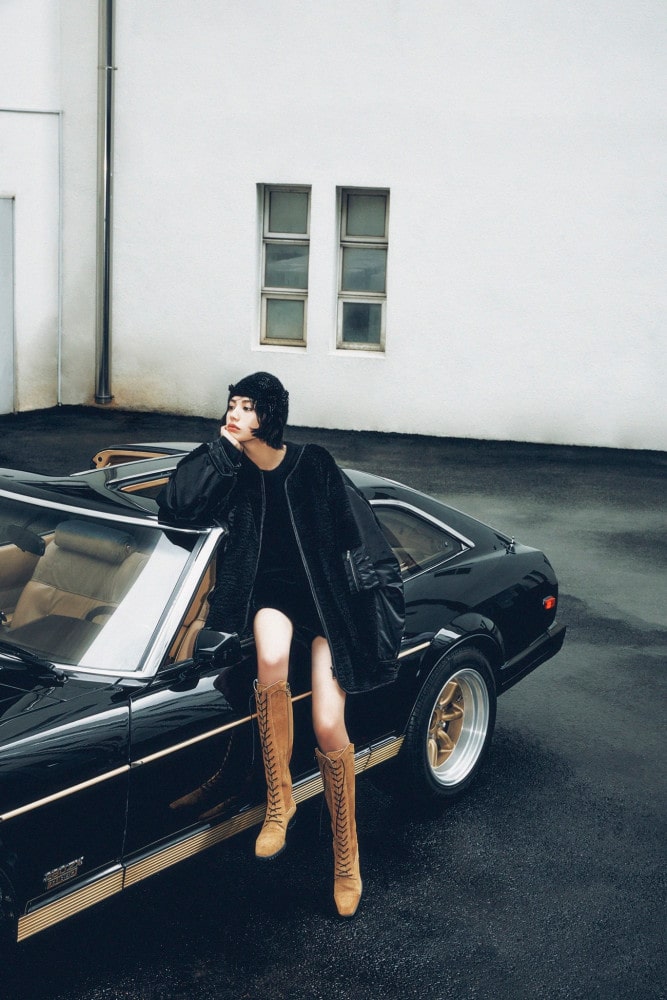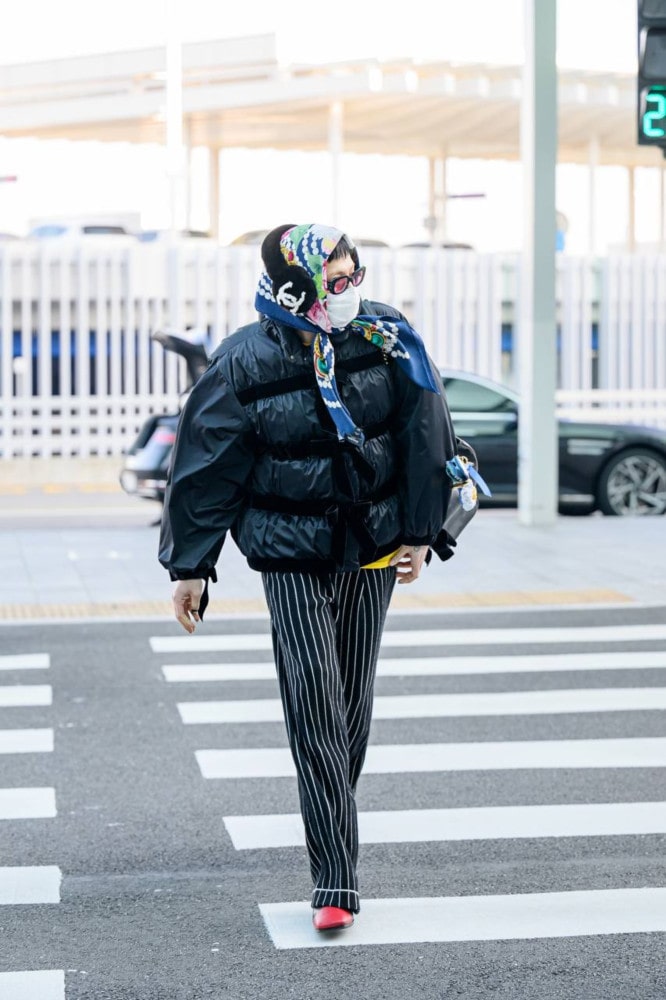A TEMPO, the musical symbol "A Tempo": Returning to the Pre-COVID Pace

Photo provided by Samsung C&T Fashion Division
Lim Ji-yeon, Director of Samsung Fashion Institute, said, "The pace of the COVID-19 situation, which is not improving, is causing fatigue across society, and while the fashion market is entering a recovery phase, we cannot expect the rapid growth and changes of pre-COVID times. Now is the time to stabilize the once turbulent social changes and to pedal hard for the fashion market, still not reaching the scale of 2019, to quickly return to its previous size. Therefore, we have chosen the musical term 'A TEMPO (A Tempo)', which means to return to the original tempo after a variation in speed, as our keyword for 2022," she explained.
Looking at each sector, flexibility is paramount from a business perspective. Anything that aligns with the goal of creating trends in fashion can be included in the fashion business domain. Even if COVID completely disappears, it is difficult to expect a natural recovery of the shrunken fashion market size due to the drastically changed consumer lifestyles. With consumer interests shifting from clothing to food, housing, and other lifestyle areas, many fashion brands are venturing into new realms to provide differentiated brand experiences.

Photo provided by Samsung C&T Fashion Division
Especially with the active expansion into the F&B business, Cafe Kitsune, Cafe A.P.C.In addition to fashion brand cafes like Café Kitsune and Café A.P.C., Gucci's Michelin-starred restaurant 'Gucci Osteria' will also open its doors next February. Just as Netflix considers Fortnite, not Disney Channel, as its competitive rival in content platforms, fashion too should no longer confine itself to its own domain.From the consumer perspective, the change in the meaning of consumption continues, with consumption driven by personal taste persisting. The pleasant emotion of filling one's wardrobe with items that fit one's taste, known as 'Wardrobe Well-being', is becoming more prominent. Consumers' wallets open only when they encounter products that perfectly target their tastes.Influencers, who introduce and propagate trends, are increasingly spreading their own tastes, and those with firm preferences are turning this into a business. Instead of a general strategy to appeal to many, a personalized strategy that individually addresses consumers with different tastes is being chosen. Preference-curated "Shophouses" are now more favored than department stores with a hundred varieties of products.Fashion style encourages enjoying fashion in creative ways. The Y2K fashion, which heated up the late 90s and early 2000s, is re-emerging, proposing sexy moods with body-conscious silhouettes and cut-out items, and glamorous and bold party looks are replacing work-from-home fashion. Tailoring, once overshadowed by lounge fashion, is reappearing with a comfortable fit, balancing comfort and formality. The season promises to be more splendid than ever with dopamine colors and a variety of floral motifs and prints, compensating for the suppressed pandemic period.The destiny of the fashion industry, always seeking novelty, has defined the emerging metaverse as a new engine for growth, and the battle in the metaverse platform, where luxury brands are increasingly participating, is intensifying. Desirable things are not limited to the physical world, and rarity and differentiation remain important factors even in the virtual world without physical entities.Consumers living in the digital world are now attributing value to virtual world fashion, which cannot be worn or experienced directly.Familiar with meta-human models already active in the advertising world, MZ consumers are purchasing new handbags from Gucci's virtual store Gucci Villa on the Zepeto platform, which cannot be touched or picked up. Burberry and Dolce & Gabbana are also introducing or preparing NFT collections, allowing the buying and selling of digital collections based on blockchain technology. Limited edition sneakers, which can't be physically worn but possess rarity, are emerging as popular items in the metaverse, tradable as NFTs. Nike has also completed its preparations to enter the NFT market by acquiring RTFKT (Artifact), a virtual fashion-specialized NFT studio. The metaverse competition, triggered by overseas luxury brands, is expected to become fierce in Korea soon.Brands are forecasting a change to engage with consumers rather than just focusing on product sales. Chloe, welcoming Gabriela Hearst as its new leader, has declared its transformation into a purpose-driven brand to support women's growth. Chloe's social media feeds are filled with the wonders of nature that inspired their collections instead of limited edition products from runways, revealing the brand's philosophy. Such a change in perspective towards purpose-driven branding intertwines with the pursuit of diversity, inclusivity, and sustainability, becoming essential for brands to resonate with consumers. Capturing the zeitgeist of the contemporary era in design is as important as reflecting current trends, highlighting the mission of fashion brands. A consistent worldview of a brand, delivered anytime and anywhere, is a key element in moving consumers' hearts and establishing the brand as a trusted entity.Fashion business once again requires an organic growth strategy. In the low-growth era, inorganic growth strategies like M&A received attention due to the limitations of organic growth through core businesses. However, venturing into new businesses unrelated to the core business based on inorganic growth strategies for the sake of scale could lead to losing market leadership in core areas.As interest in fashion disperses into adjacent areas, there are increasing cases of businesses venturing into new areas beyond their expertise through M&A. Instead of judging the relevance based solely on being in the same industry or vertically integrated in the value chain, it is safer to seek growth engines through organic growth strategies targeting areas with high compatibility in terms of business concept and capabilities. Consistently delivering common values across the expanded range of products and services is also essential. With the need for diverse channel strategies across virtual and real, online and offline dimensions, having a clear standard and speaking in a unified voice is more important than ever.*** TAG 0 ***#SamsungFashionResearchInstitute #FashionMarketForecast







